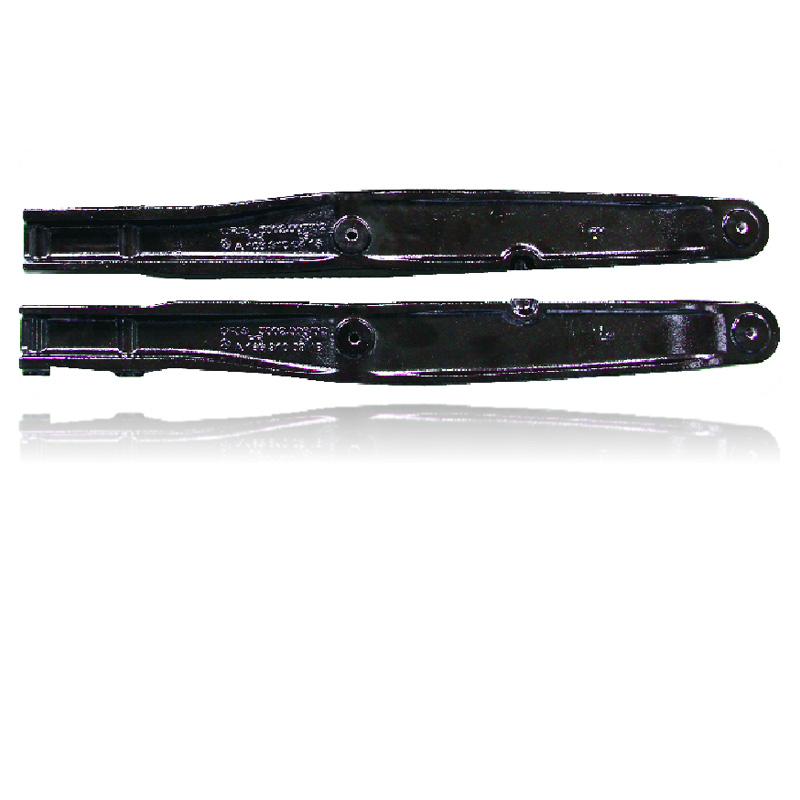Here are some aspects related to side member forgings
2023-12-20
Side members, often referred to as side rails or side panels, are structural components used in various applications, including automotive and heavy machinery. Side member forgings are parts that have been formed through the forging process to create the desired shape and properties. The forging process involves shaping metal by applying force through hammering or pressing. Here are some aspects related to side member forgings:
1. Automotive Chassis:
- In the automotive industry, side members are key components of a vehicle's chassis or frame. They contribute to the structural integrity of the vehicle and provide support for various components.
2. Heavy Machinery Frames:
- Side members are integral parts of the frames in heavy machinery and construction equipment. Forged side members provide strength and durability in challenging working conditions.
3. Agricultural Equipment:
- Agricultural machinery, such as tractors and combines, often incorporates side members in their structures. Forged side members can withstand the stresses associated with agricultural operations.
4. Railway Vehicles:
- Side members may be used in the construction of railway cars and locomotives. Forged side members contribute to the overall strength and stability of the rail vehicle.
5. Off-Road Vehicles:
- Off-road vehicles, including ATVs and off-road trucks, use side members as part of their chassis. Forged side members offer the necessary toughness for rough terrain.
6. Material Selection:
- The material used for side member forgings is crucial for ensuring strength, durability, and resistance to fatigue. Common materials include alloy steels with suitable properties for the intended application.
7. Forging Process:
- The forging process for side members involves shaping the metal through controlled deformation. This can be achieved through methods such as open-die forging, closed-die forging, or press forging.
8. Complex Shapes and Contours:
- Side members often have complex shapes and contours to meet specific design requirements. Forging allows for the creation of intricate shapes and details while maintaining structural integrity.
9. Heat Treatment:
- After forging, side member forgings may undergo heat treatment processes to optimize their mechanical properties, including hardness and toughness.
10. Precision Machining:
- In some cases, precision machining may follow the forging process to achieve tight tolerances and specific geometrical features required for assembly.
11. Welding and Assembly:
- Forged side members may be further processed through welding and assembly to integrate them into larger structures or assemblies.
12. Quality Control:
- Quality control measures, including inspections and testing, are essential to ensure that the forged side members meet the specified standards and requirements for strength and performance.
Side member forgings play a critical role in providing structural support and integrity to various vehicles and machinery. The forging process allows manufacturers to produce these components with the necessary strength and durability, contributing to the overall reliability of the end product.



